Where to find L.A.’s little-known stash of vintage birds
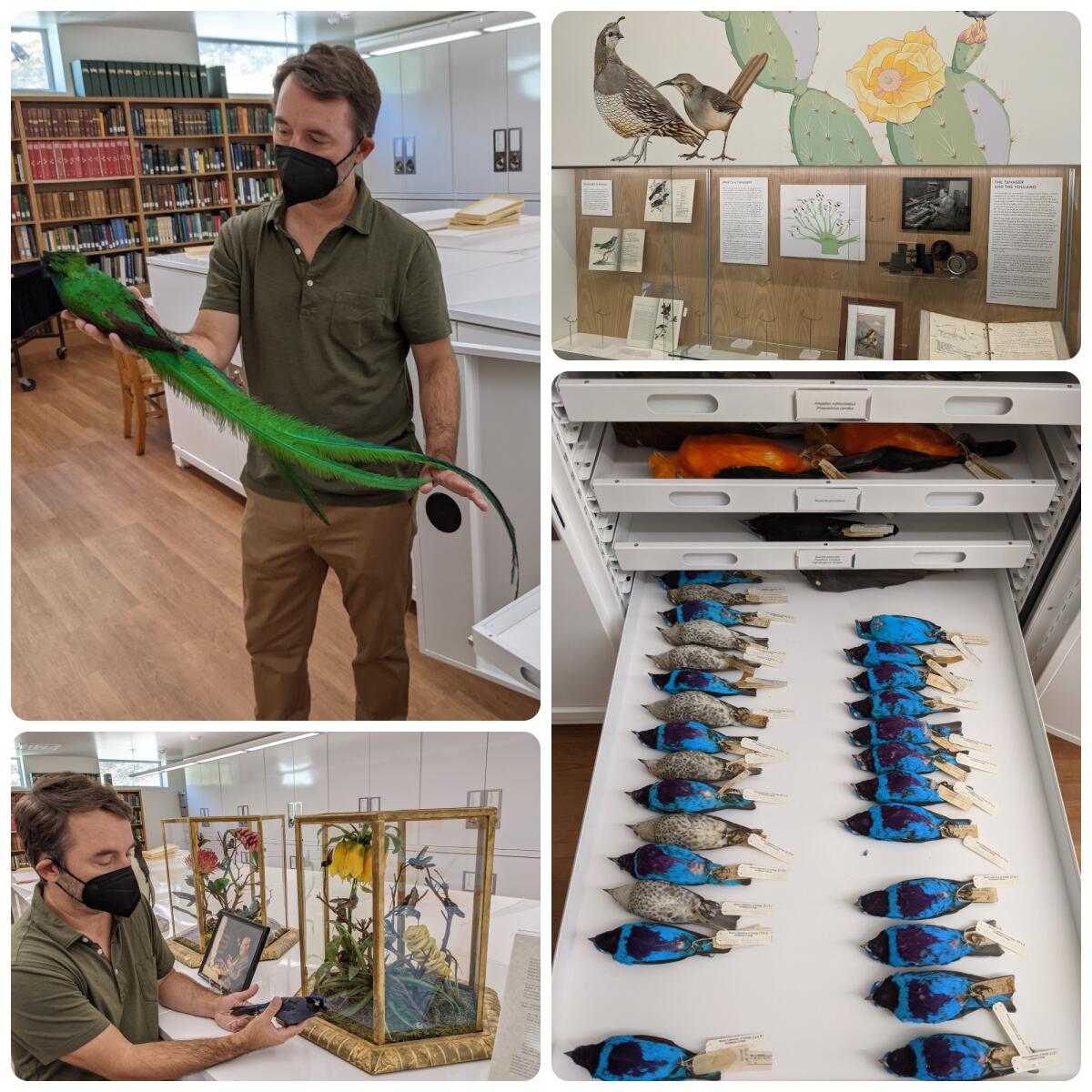
I like birds. So does author and outdoor writer Matt Pawlik, who recently visited the little known Moore Laboratory of Zoology at Occidental College, which claims the “highest bird-to-student ratio.” Matt took a behind-the-scenes tour of the lab (and you can too) and sent this report:
“Welcome to the Apple store for birds,” John McCormack, director and curator of the laboratory, said at the beginning of the ornithological museum tour. A (very amateur) birder myself, I was busy gazing at two dozen beautiful Steller’s jay specimens amid the 60,000 winged residents, including 50,000 from Mexico, the largest such collection in the world. Though the vast majority of birds were collected long ago, they still contribute to scientific study today.
The lab’s name honors Robert Thomas Moore, who began the collection in the 1920s. McCormack explained the difference between blue-crested Steller’s jays, which appear in specific regions of Mexico, and the black-crested varieties we see in California. He then pulled out a rack (the first of many) that featured vibrant-colored bodies of tanagers.
They serve as a sort of museum mascot, partly because Moore’s expedition to an Ecuadorian volcano started with the tanagers and partly because they are arguably the most colorful bird family in the Americas. In fact, DNA techniques developed at the lab helped finalize the evolutionary tree of tanagers and represent significant efforts toward the lab’s ongoing mission of understanding biodiversity.
Although there isn’t time to see all the lab’s offerings (many have the original 1950s tags by collector Chester Lamb, working at a “$1 per bird” rate for Moore), you learn a lot from what you do see: peculiar racket-tipped tails of motmots; the long, iridescent rump feathers (not tails!) of the quetzal; the striking orange and black plumage of the cock-of-the-rock (and other gorgeous members of the Cotinga family); and the curiously crossed and spoon-shaped bills of the, well, crossbill and spoonbill (“They just don’t name ’em like they used to,” McCormack said).
The collection includes more than 80% of all hummingbird species, including the giant (largest), bee (smallest) and sword-billed hummingbird, the only winged creature whose beak is longer than its body. Though hard to choose, my favorite was the final specimen: the hoatzin, a kind of genomic mystery from South America that “ferments its food and stinks like a cow.” The bird is the last surviving member of a line that diverged 65 million years ago.
Other lab highlights: a program to make 3D models of species for others to study, another program to study the DNA of L.A.’s introduced parrots and a Mexican bird resurvey project. “It’s hard to teach conservation when you’re staring at a tray of dead birds,” McCormack said, “but what we can learn from one specimen can help save an entire species.”
If you go: The Moore Lab is on Bird Road (no kidding) on the Occidental College campus in Eagle Rock. To set up a tour, email [email protected]; check out the lab’s Instagram account at @MLZBirds.
5 things to do this week

1. Take a spin on a pop-up roller-skating rink in Long Beach. Feel as if you’re in a late-summer slump? Pigeon’s Roller Rink might help. The pop-up rink at East 2nd Street and Pacific Coast Highway opens Sept. 18. It’s hosted by Shayna “Pigeon” Meikle of Pigeon’s Roller Skate Shop (2148 E. 4th St., Long Beach), who went from being a 7th-grade science teacher to a roller derby league founder and store owner. The rink will offer beginner lessons, roller skate choreography, a kids club and other activities. Two-hour open skate sessions cost $25; reservations must be made in advance (no walk-ups). Find more info here.
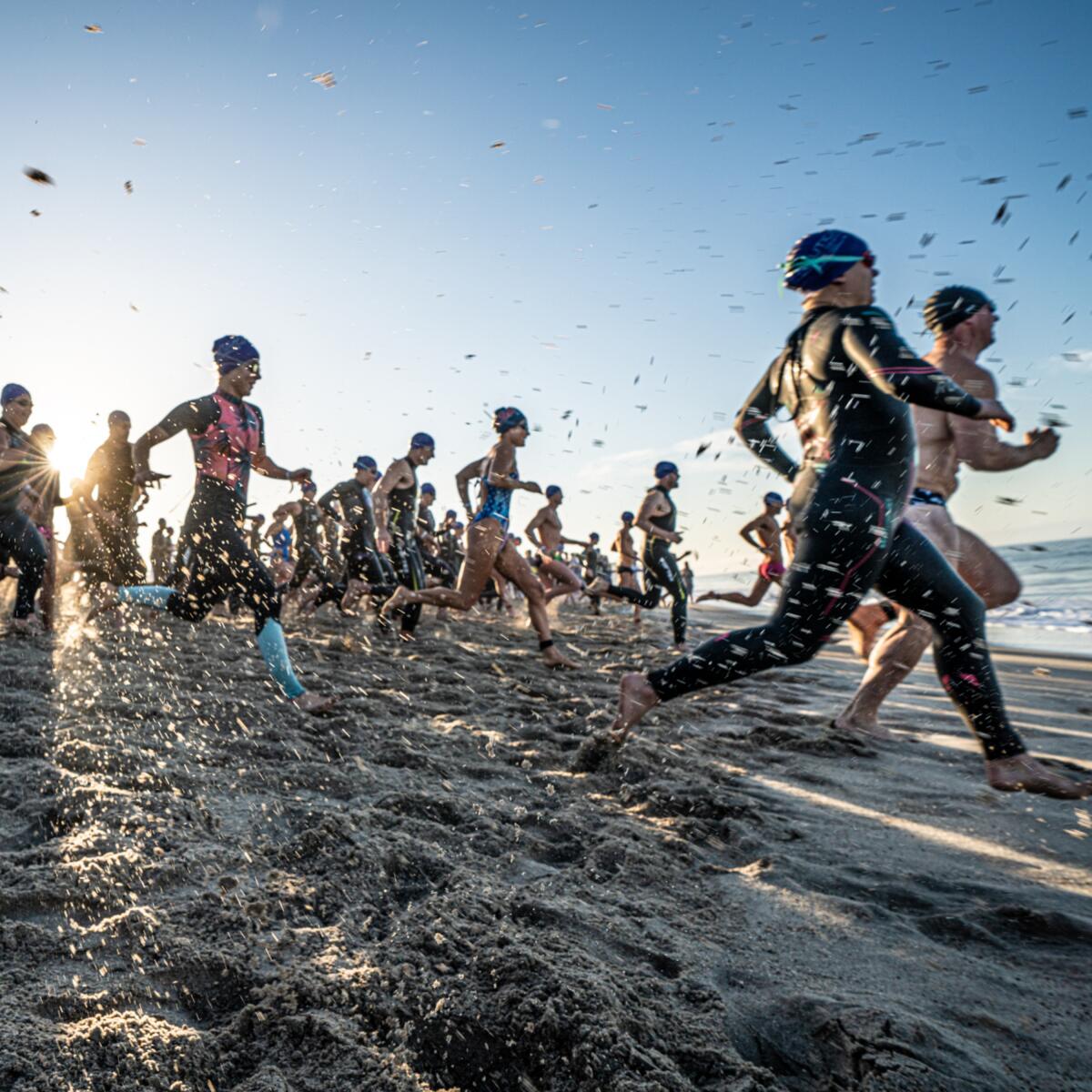
2. Sign up for new triathlons coming to Malibu. Yep, if you’re rested and ready, think about the 2XU Malibu Triathlon. You can tackle the Olympic Distance race (1.5K swim, 40K bike ride and 10K run; $250) on Sept. 25 or the Classic Distance race (half-mile swim, 17-mile bike ride, 4-mile run; $240) on Sept. 26. Bike routes are along Pacific Coast Highway near Zuma Beach; runs follow concrete beach paths. Both races, organized by Super League Triathlon, start at 7 a.m. More info here.

3. Learn how to grow native plants in pots. The Theodore Payne Foundation in Sun Valley has been educating people about native plants since 1960. Eager to grow them in pots rather than in the ground? The foundation will host a class with a slide presentation and garden walk to teach you how to grow natives in pots and containers. The class costs $20 to $25 and begins at 8 a.m. Sept. 17. (If you miss out, it also will be held Oct. 20). Sign up here.
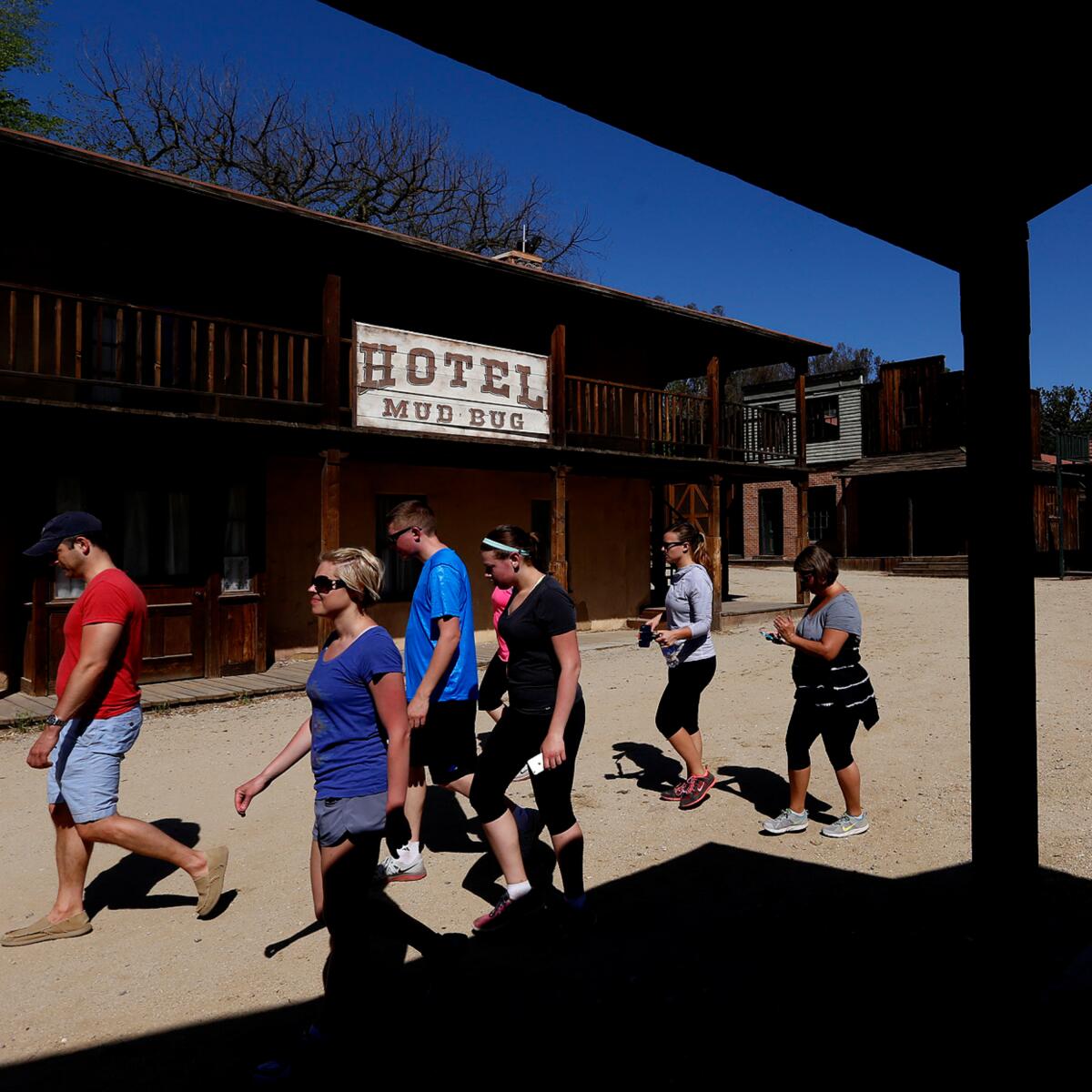
4. Catch a drive-in movie at Paramount Ranch in the Santa Monica Mountains. The sets at the century-old Paramount backlot burned in the 2018 Woolsey fire. Now a movie night aims to raise money to restore some of the structures. The evening includes a preview of plans in the Santa Monica Mountains National Recreation Area, a walking tour, a 1950s car show and an outdoor screening of “Grease.” $30 per car; proceeds go to the restoration project. Gates open at 4:30 p.m.; film begins at 7 p.m. Sept. 18. Buy tickets here.

5. Hop aboard a sunset sailing on a tall ship from San Pedro. Did you know that Los Angeles has two official tall ships? The Irving Johnson and Exy Johnson are both 110 feet high and made of wood. Kids learn to sail on these behemoths built on L.A.’s waterfront. You can hop aboard for a sunset ride on the Irving Johnson from 5 to 7:30 p.m. Sept. 18. $60 per adult; $30 for children 12 and younger. Proceeds support youth educational programs. Buy tickets here.
Cool places
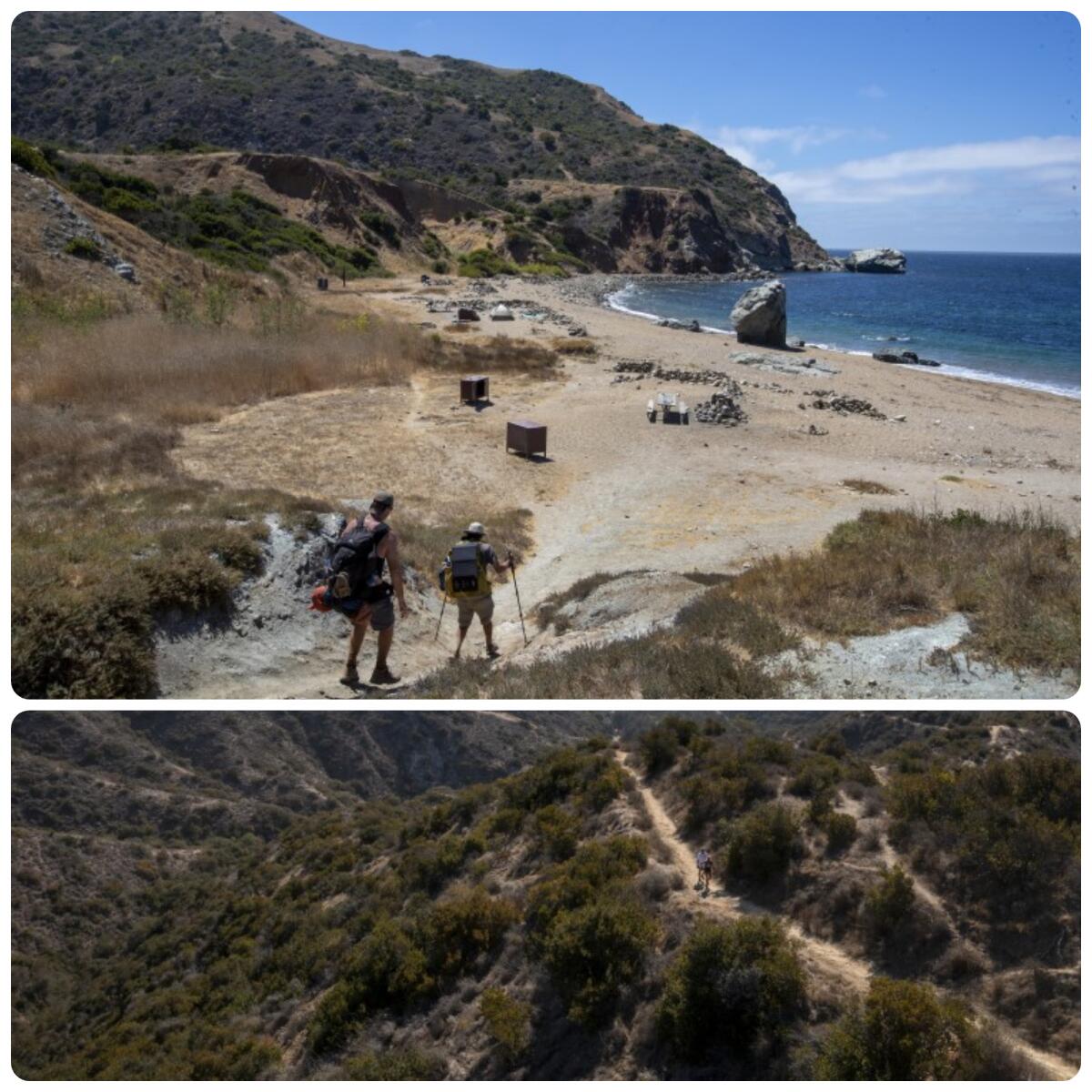
Here’s just about everything you need to know about hiking the Trans-Catalina Trail on Catalina Island: “You never walk on flat ground,” Tony Budrovich, chief executive of the Catalina Island Conservancy, which manages the trail, told me. It’s a 38.5-mile route of extreme ups and downs that leads from the resort town of Avalon, on the east side of the island, to the less-visited northwestern beach of Parsons Landing, its farthest point, and the trail’s end at Two Harbors. There are four campgrounds along the way (three at beachy locations), but reservations are hard to come by. Begin planning a few months in advance of when you’d like to hike. Here’s the story about my backpacking adventure.
The red flag
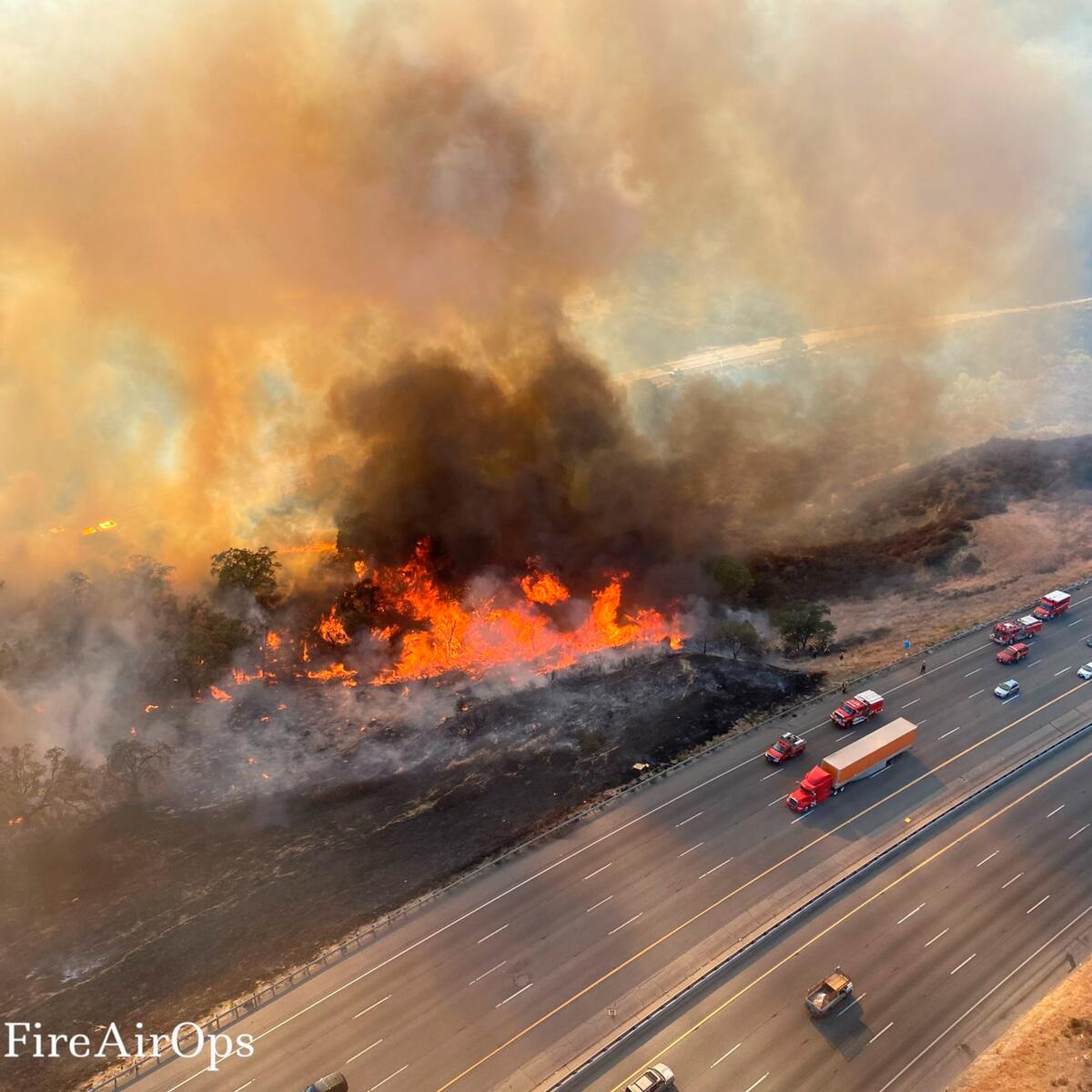
There’s good news-bad news about the California national forest closures that took effect Aug. 31 because of fire danger. Forests were to remain closed through Sept. 17. The four, however, that surround Los Angeles — Los Padres, Angeles, San Bernardino and Cleveland national forests — will remain closed at least through Sept. 22, according to a Forest Service order posted Tuesday.
The order said the extended closures are “due to local weather and fire factors, as well as a temporary strain on firefighting resources supporting large fires in other areas of the state.” Selected sites such as the Eldorado National Forest near the Caldor fire in Northern California, will remain closed too.
The good news? Some forests will reopen Sept. 15, two days earlier than announced in the original closure order. Confused? Of course you are. Make sure you check the status — open or closed — for the national forest you plan to visit before you head out.
And speaking of fire, here’s the latest in case you haven’t kept up:
- Last week, lightning strikes touched off two fires that have shut Sequoia National Park and now threaten giant sequoias in the Giant Forest. The KNP Complex fire grew fivefold this week to almost 6,000 acres.
- Farther north, the Dixie fire, on the brink of 1 million acres, devoured almost half of Lassen Volcanic National Park, whose landscape was formed by explosive eruptions. It’s 75% contained.
- The small but stubborn Route fire near Castaic in the Angeles National Forest swallowed around 500 acres. As of Tuesday, it was 63% contained.
Check out updates at latimes.com/fires and the L.A. Times wildfire map.
The must-read
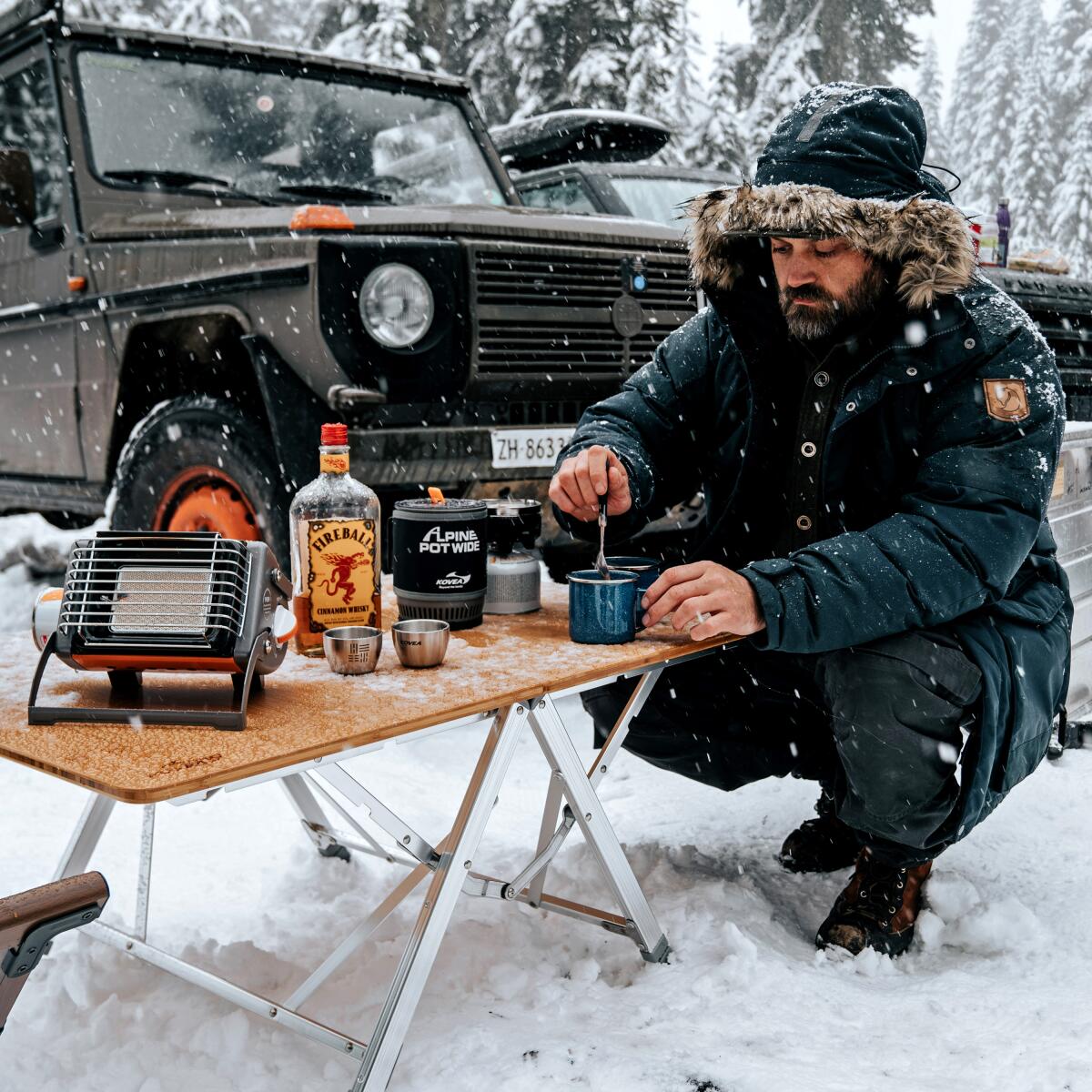
Maybe you’ve heard of overlanding, maybe you haven’t. “Not quite #vanlife (which is more bohemian) or glamping (rooted in opulence; no car needed) or touring in an RV (cushier and confined to paved roads), overlanding is loosely defined as a self-reliant way to explore rugged terrain and undeveloped areas in a specialized vehicle for a sustained amount of time,” Times staff writer Andrea Chang reports in this story. The most surprising part of overlanding is the price tag. People interviewed for the story spent as much as $439,000 for their land yachts. They also were in it for the long haul, staying on the road for years and exploring America and beyond. “The whole outside world is our bedroom,” Tom Standish said in the story. “We’re going as far as we can with this.” Read the full story here.
P.S.
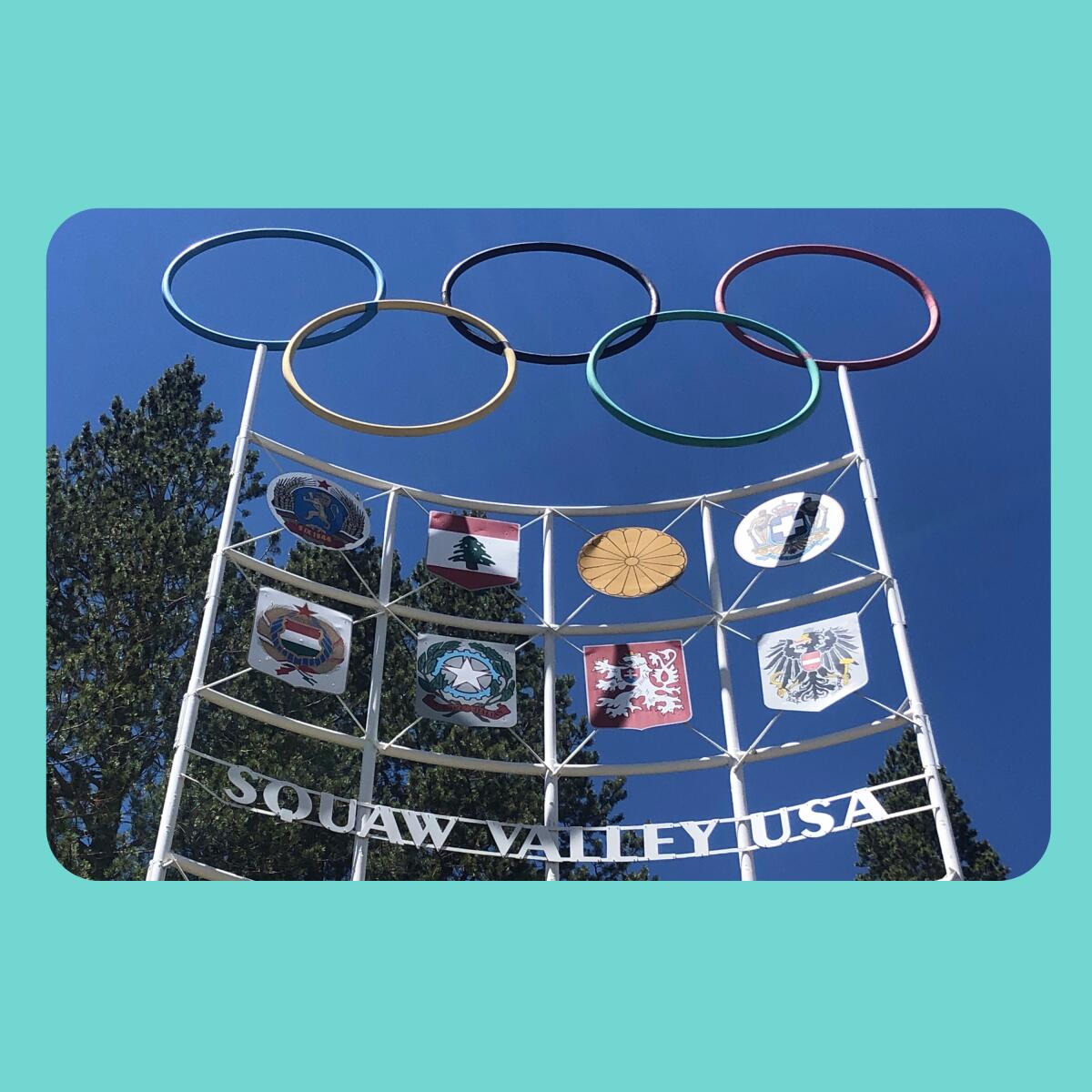
Squaw Valley ski resort near Lake Tahoe is best known for hosting the 1960 Winter Olympics. Now the resort hits a new milestone: dropping the disparaging “squaw” from its name. The resort’s new name is Palisades Tahoe, which includes Alpine Meadows. “Over time, the word ‘squaw’ came to be used as a derogatory and racist term against Native American women,” according to a statement from the Washoe Tribe of Nevada and California in this L.A. Times story. “Native American communities across the country have been working for years to have this term removed from place names in their ancestral lands.”
Yosemite National Park plans to end day-use reservations on Sept. 30. The temporary pilot program, imposed several times because of the COVID-19 pandemic, restarted in January. Park admission remains $35 per car, which grants access for seven days.
Send us your thoughts
Share anything that’s on your mind. The Wild is written for you and delivered to your inbox for free. Drop us a line at [email protected].
Click to view the web version of this newsletter and share it with others, and sign up to have it sent weekly to your inbox. I’m Mary Forgione, and I write The Wild. I’ve been exploring trails and open spaces in Southern California for four decades.

Sign up for The Wild
We’ll help you find the best places to hike, bike and run, as well as the perfect silent spots for meditation and yoga.
You may occasionally receive promotional content from the Los Angeles Times.




